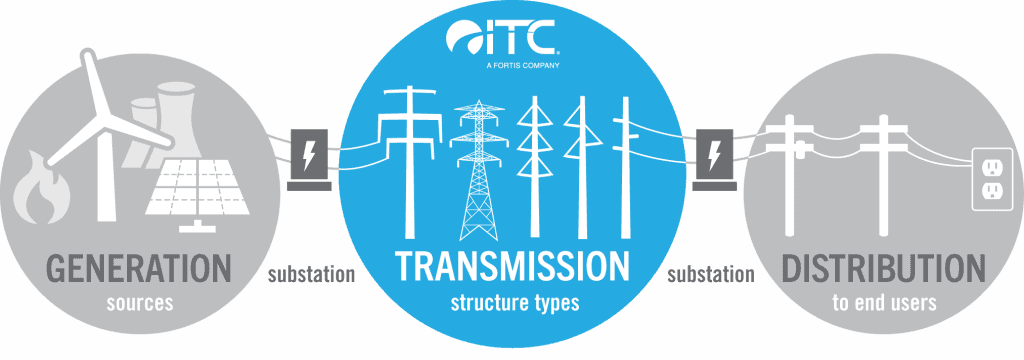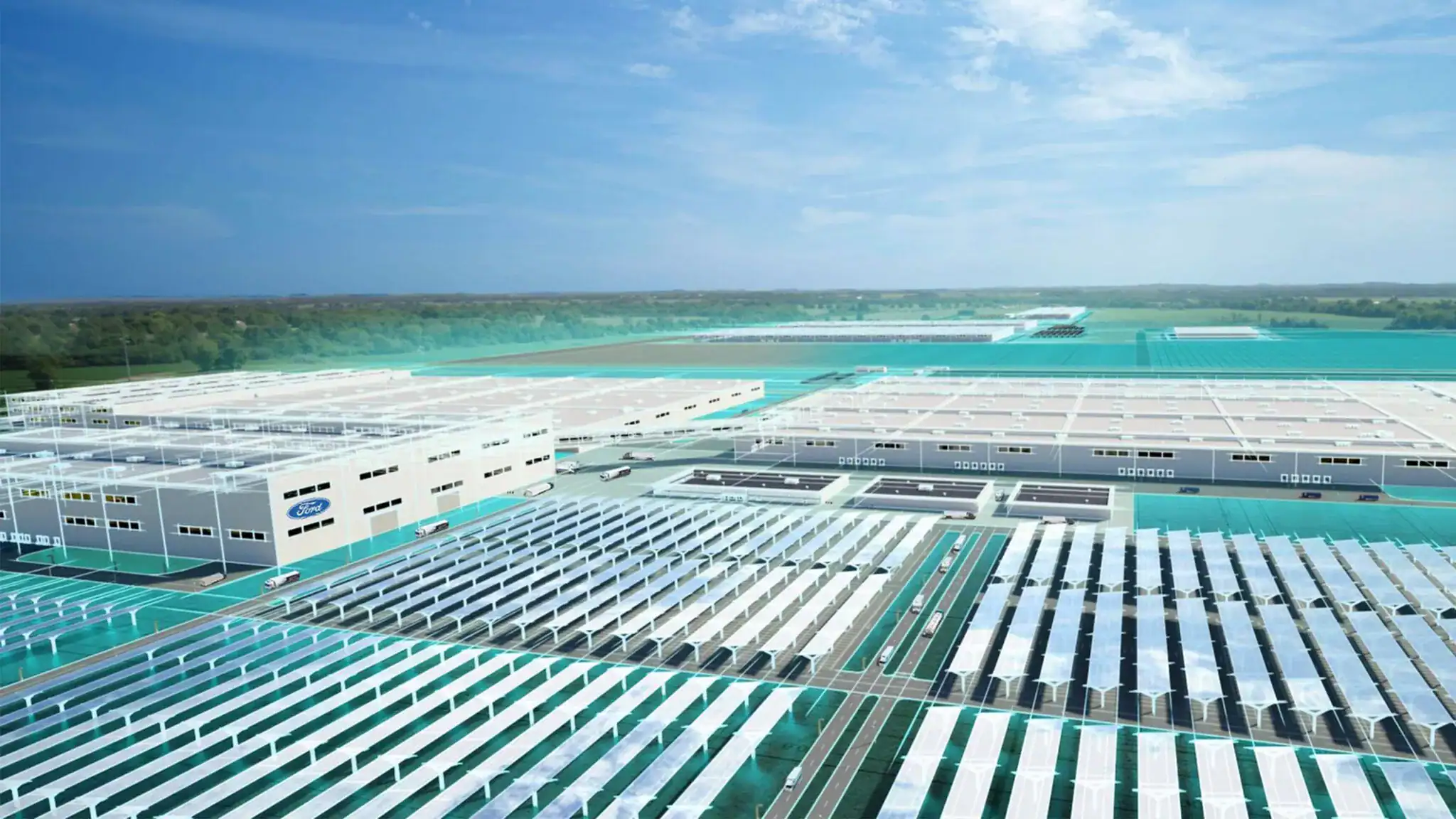TOKYO – Every country wants to lead the renewable energy revolution, and Japan has already begun its journey to the top of the industry. The nation has unveiled a groundbreaking project that challenges all conventions: they plan to build the world’s largest floating solar power plant. Yes, floating!
Their goal is clear. They aim to use water surfaces to generate electricity while preserving valuable land for agriculture and other industries. This approach is especially crucial in a country where available space is extremely limited.
1. Japan’s Floating Solar Plants: A New Renewable Energy Frontier
Kyocera will develop a massive floating solar farm at Yamakura Reservoir, located in Japan’s Chiba region. In addition, the project will include 50,000 solar panels. Once completed, these panels will supply electricity to 5,000 households.
Moreover, this initiative is part of Japan’s ongoing effort to find alternative energy solutions following the 2011 Fukushima nuclear disaster. Consequently, the goal is to create a new strategy that will reshape the country’s energy industry.
2. Kyocera Leads Floating Solar Plants Development at Yamakura Reservoir
Kyocera is one of Japan’s leading technology innovators. Its mission is clear: to maximize renewable energy production without compromising arable land.
Consequently, the company chose a reservoir for its solar panels. Not only will this setup generate electricity, but it will also reduce water evaporation.
Regarding system capacity, it will reach 13.7 megawatts (MW). While this does not rank among the world’s largest solar plants, it serves as a reference model. Moreover, it provides a blueprint for future installations in land-scarce countries like Japan.
3. Advantages of Floating Solar Plants in Space-Limited Countries
Of course! Japan has very limited space and cannot expand because it is surrounded by the ocean. Therefore, floating solar farms provide an ideal solution to use available areas in densely populated regions. Moreover, placing panels on water improves efficiency. The panels stay cooler, which leads to better performance.
In addition, the installation will provide shade to the reservoir. This shading helps reduce water loss caused by evaporation.
Final Thoughts:
Clearly, this is a solution that other countries can copy; that’s right, Japan’s floating energy has made it clear that other countries can also implement this! All those countries like the United Kingdom, Spain, or Italy, which have a very limited land space (because most of them are covered in water) are clear that they can improve the capacity to produce clean energy with this invention. The United Kingdom has already started the installation of floating solar photovoltaic plants in the reservoirs of Greater Manchester, and it will be the largest in Europe once its construction is finished.
Read more at Union Royo
Explore more clean energy breakthroughs, sustainability projects, and renewable technology insights in our latest articles.
FAQs:
1. What are floating solar plants and how do they work?
Floating solar plants are solar power systems installed on water bodies such as reservoirs, lakes, or dams. The panels float on structured platforms while cables deliver the electricity to the grid. This setup saves land space and improves panel efficiency due to natural cooling from water.
2. Why is Japan investing in floating solar plants instead of land-based solar farms?
Japan faces severe land limitations due to dense urbanization and mountainous terrain. Floating solar plants allow the country to generate clean energy without using agricultural or residential land, making them an ideal alternative.
3. Are floating solar plants more efficient than traditional solar power systems?
Yes. Floating solar plants often perform better because water naturally cools the panels, preventing overheating. This cooling effect increases energy output compared to land-based installations exposed to direct heat.







